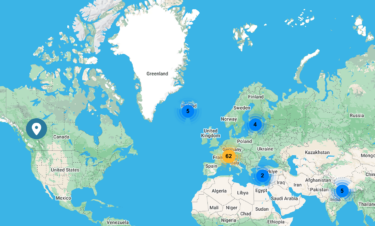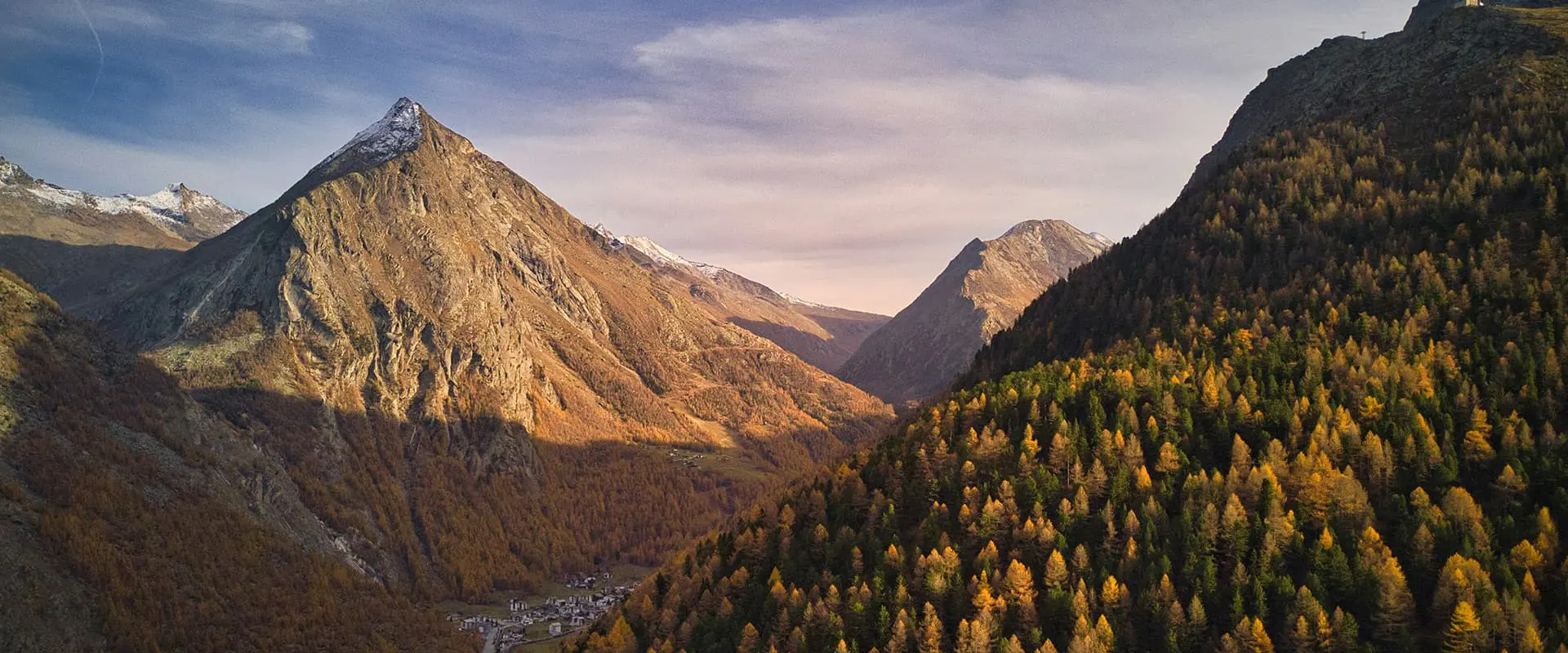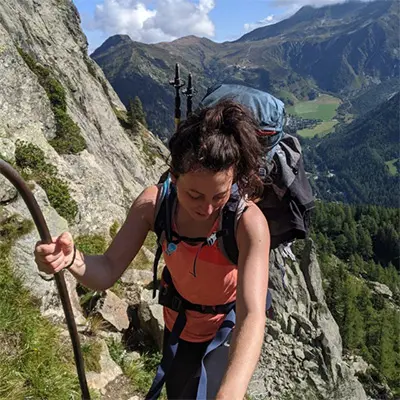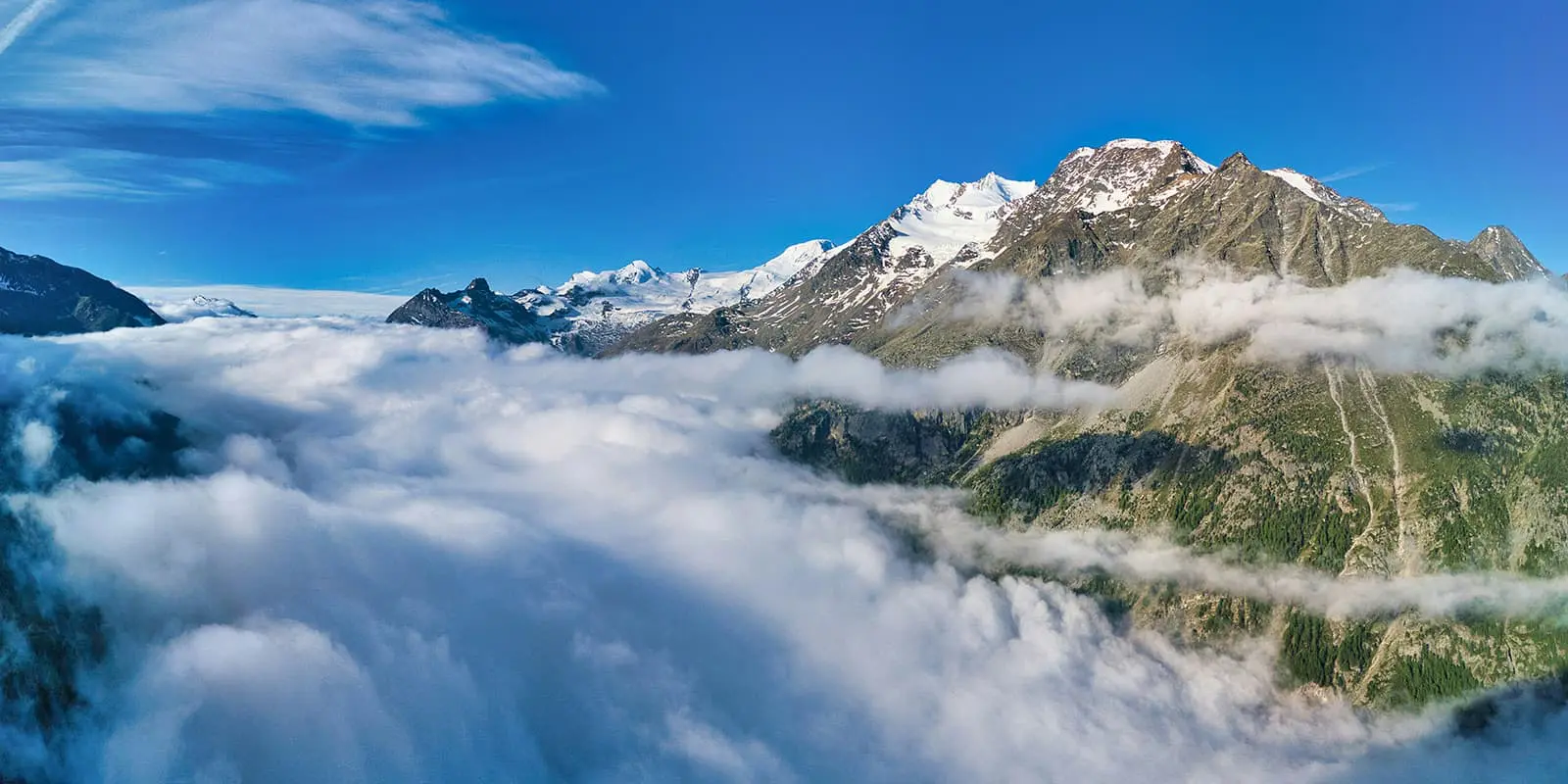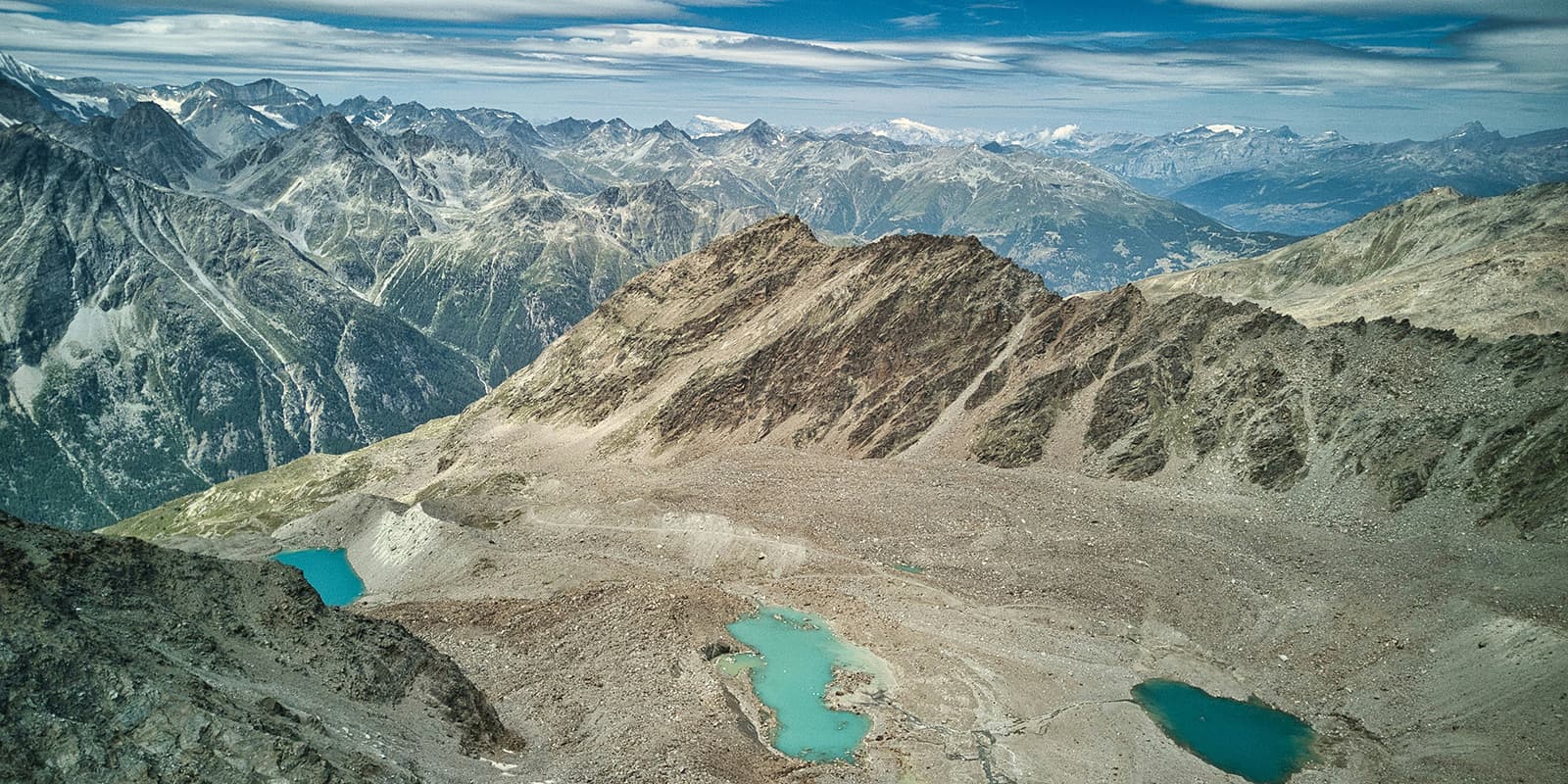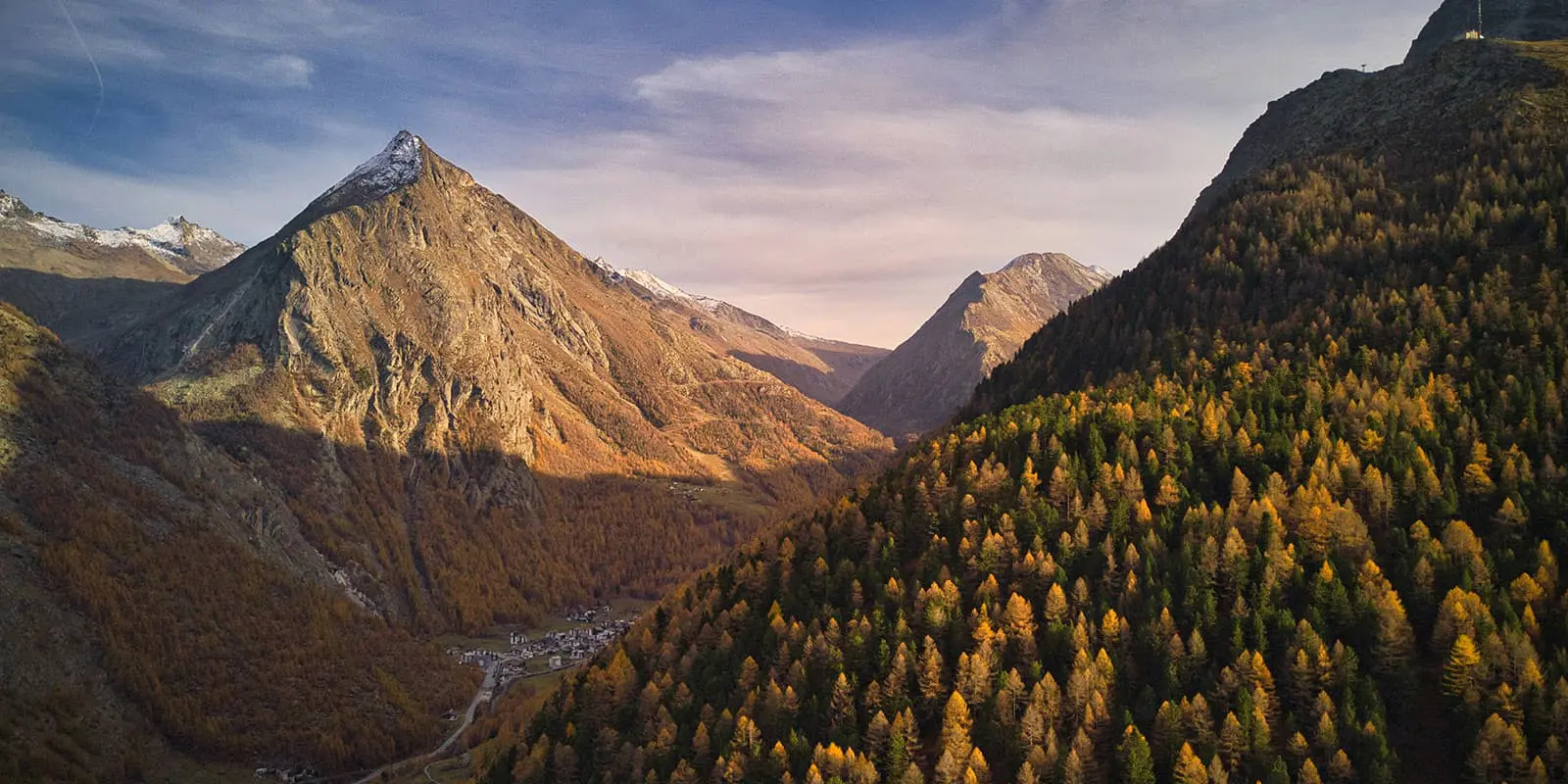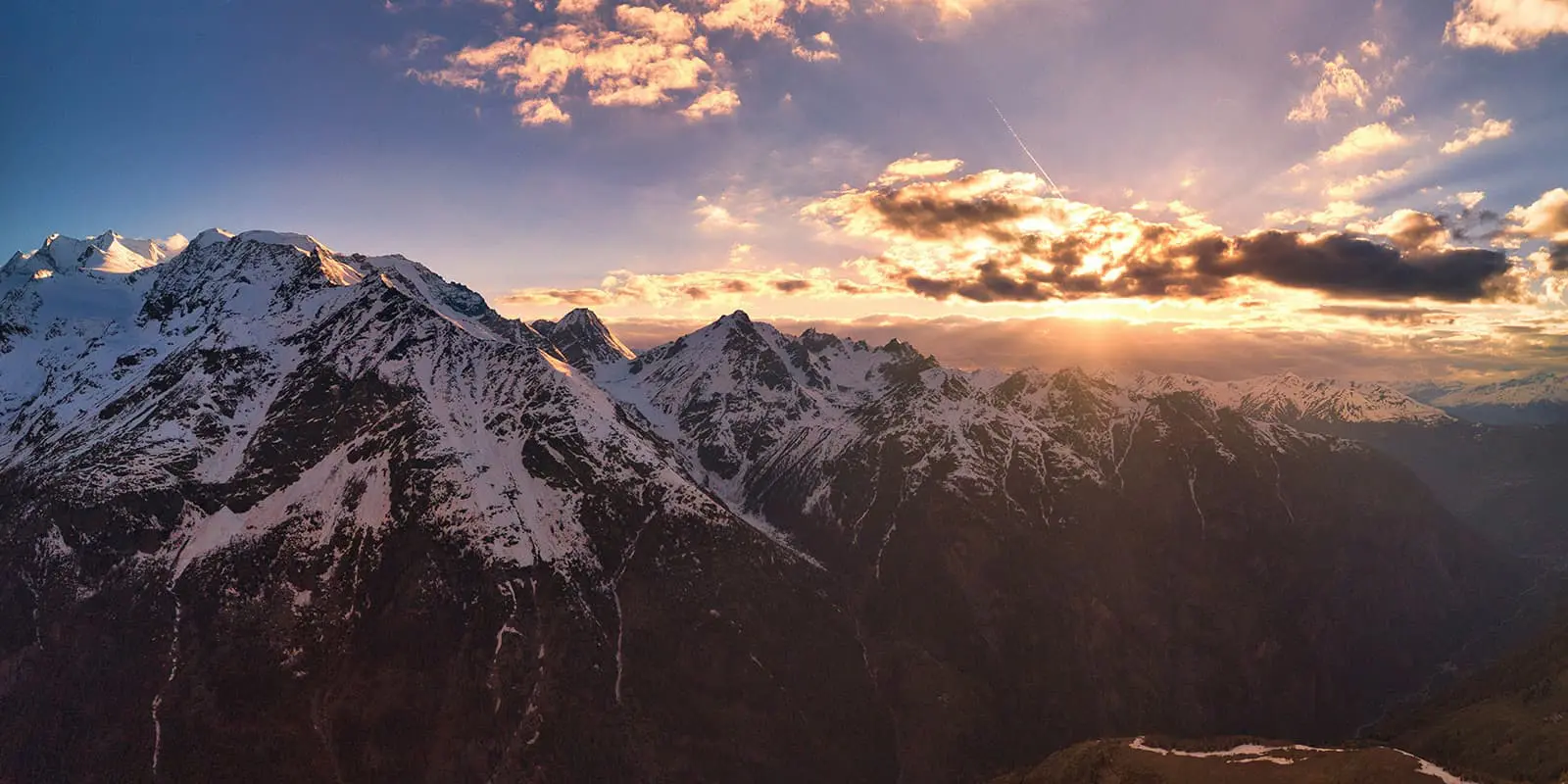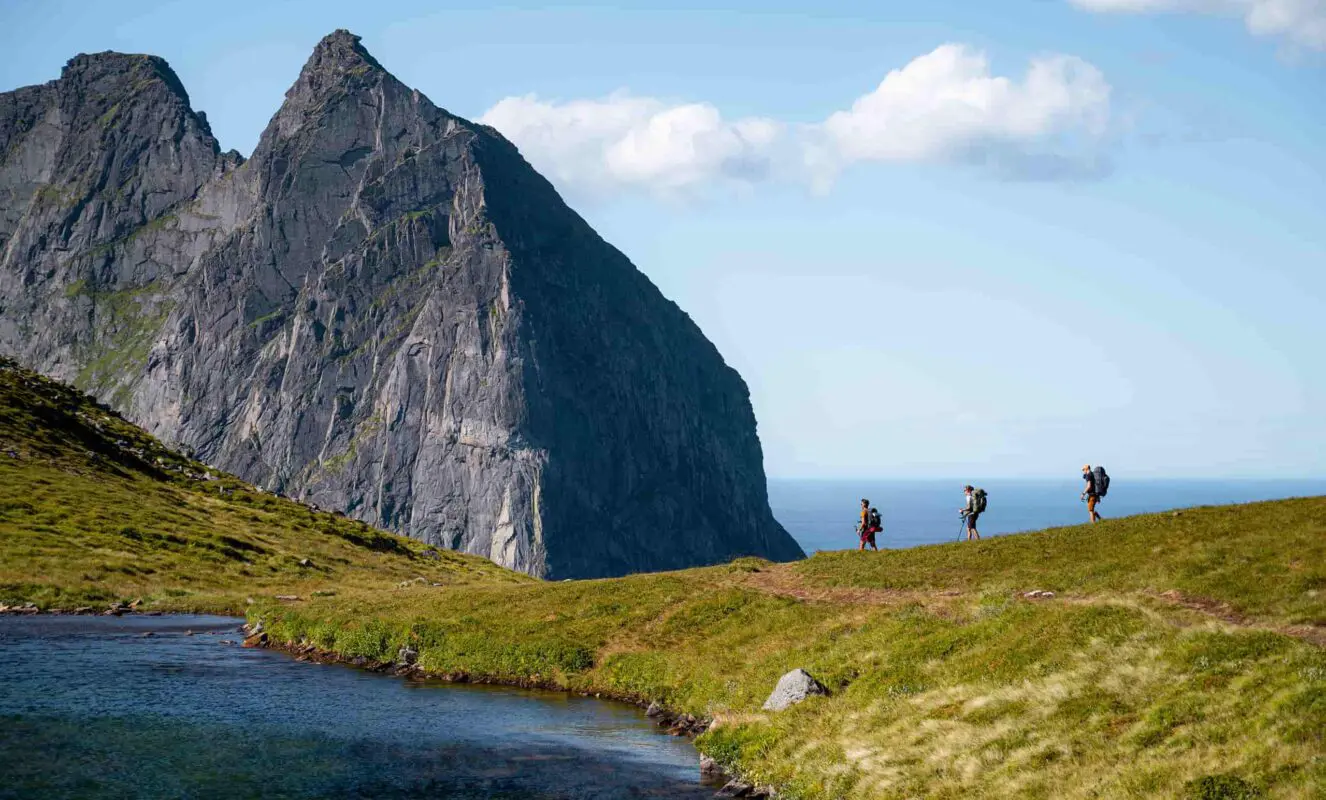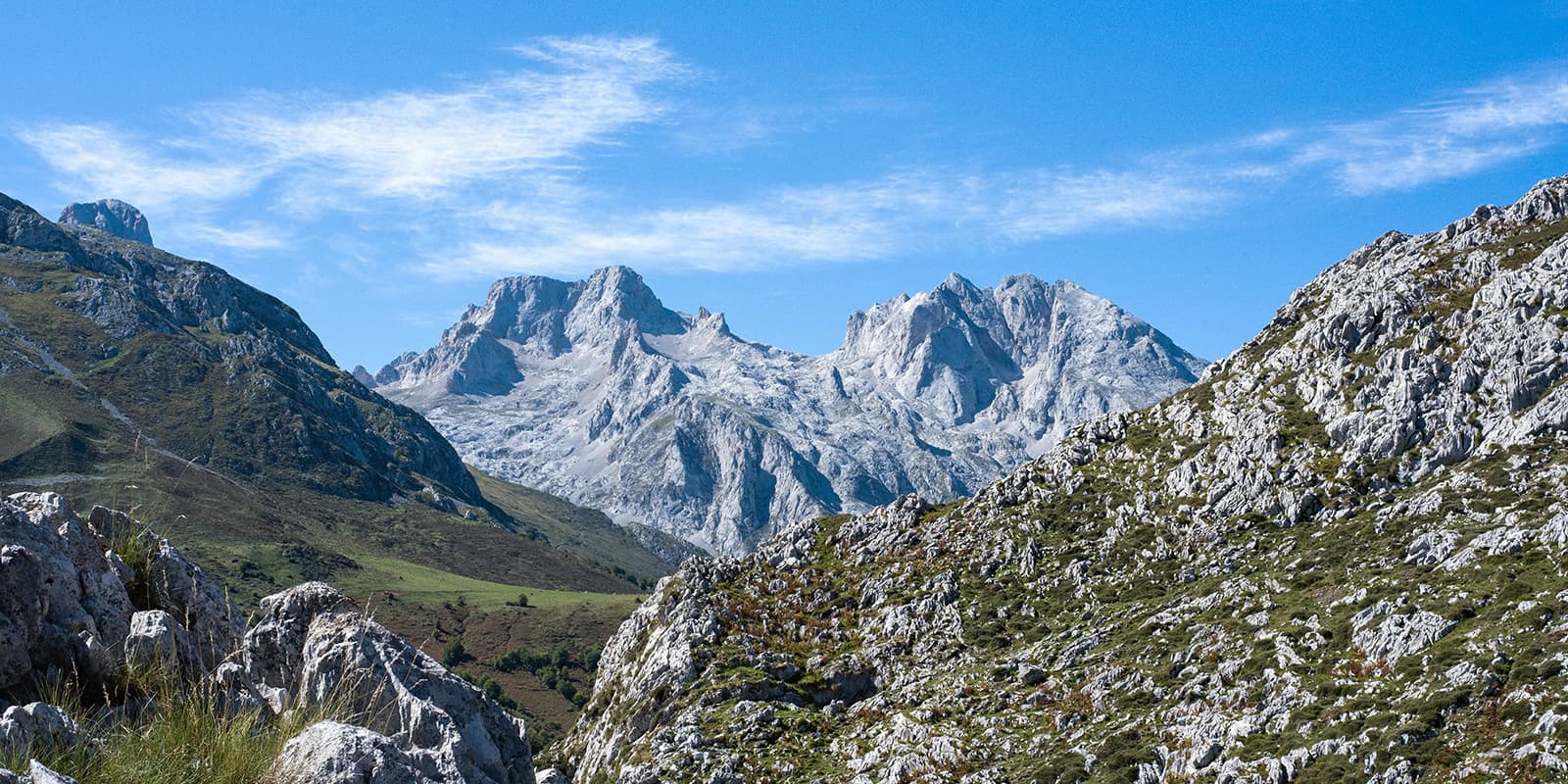Take as little as possible and as much as necessary: Adapt your equipment to the tour. Wear layers, bring suitable footwear, and be prepared for rain and shine.
For staying overnight in the mountain huts, bring a light sleeping bag, in addition to the provided blankets, and earplugs for a restful night.
Also, remember to bring a first-aid kit. The trail is well marked but an additional map or GPS will be very helpful as a backup. If you walk by yourself, share your plans with somebody else for your own safety and let them know if your itinerary changes while you’re on the go.
The weather in the high mountains can change rapidly. Always check the trail conditions and local weather forecasts, be prepared for all conditions, including rain, sun, or snow and alter your plans if needed.
Stay properly hydrated and nourished. Ensure you have enough water and snacks to maintain energy levels and prevent dehydration and exhaustion. Bring at least two liters of water with you.
Respect the principles of Leave No Trace by minimizing your impact on the environment. Stick to designated trails, take all your trash with you, and show respect for wildlife and natural habitats (keep your distance and don’t feed them).


